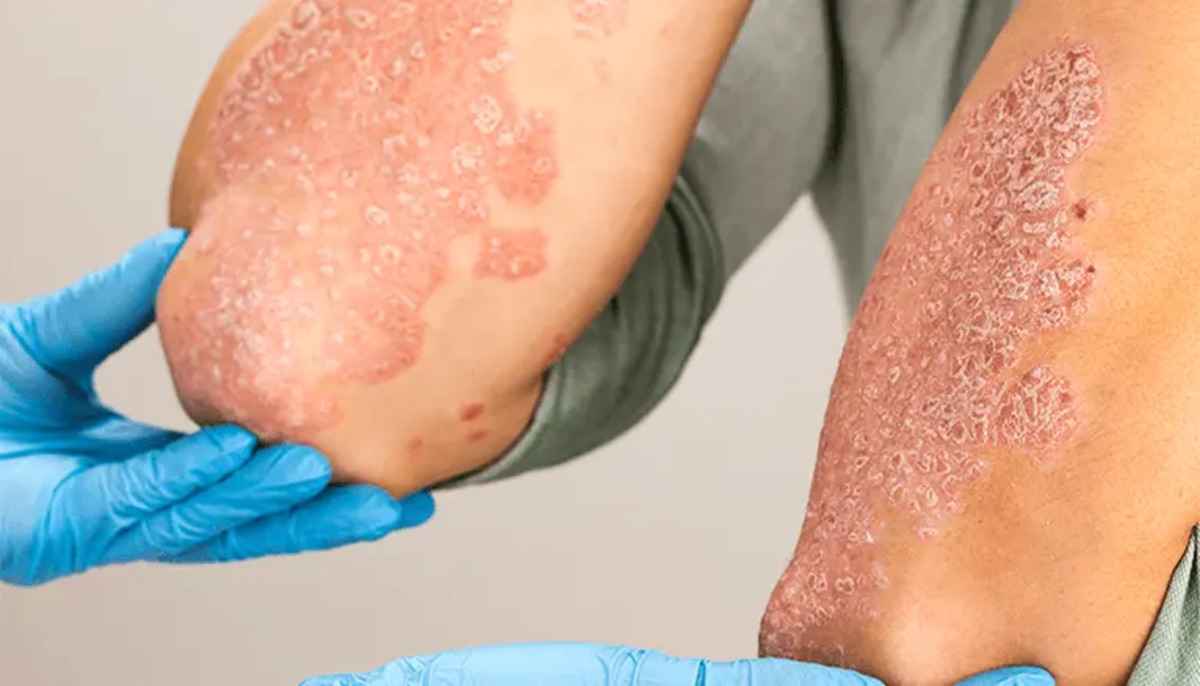At the 78th World Health Assembly, a landmark resolution titled “Global Spotlight on Skin Diseases” was unanimously adopted—marking a pivotal shift in how the world views skin health. This decision, rooted in years of advocacy, brings long-overdue attention and resources to an area affecting nearly 2 billion people globally, particularly in low- and middle-income countries (LMICs).
Historical Context: Global Spotlight on Skin Diseases
The global spotlight on skin diseases did not emerge overnight—it is the result of persistent advocacy and evidence-driven campaigning. For years, dermatologists and organizations like the International League of Dermatologic Societies (ILDS) have worked to elevate skin health from a neglected issue to a recognized public health priority. Despite affecting an estimated 1.9 billion people worldwide, skin diseases were often sidelined in health policy. The recent resolution by the 78th World Health Assembly represents a crucial breakthrough, positioning skin health as central to human dignity, social justice, and health equity. This moment signifies a turning point in the global perception of dermatology, bringing long-needed attention to a deeply impactful yet historically overlooked area of health.
Voices from the Margins: LMICs Lead the Call
Healthcare providers from resource-poor regions have consistently highlighted the severe lack of funding and infrastructure for dermatologic care. Skin conditions often carry both physical morbidity and social stigma, disproportionately affecting those in LMICs. This resolution pushes governments and global health actors to act decisively.
Global Relevance, Regional Impact
The effects of this resolution are especially critical for regions like South Asia, Africa, and the Middle East, where visible skin conditions frequently lead to discrimination and economic hardship. As Rashmi Sarkar, ILDS Regional Director, explains, there’s a need for cross-sectoral partnerships to close gaps in funding and care access, especially at the primary health level.
Tackling Chronic and Neglected Conditions
From psoriasis and eczema to scabies and leprosy, both chronic and neglected skin diseases are finally receiving global attention. This resolution lays the groundwork for better access to treatments, public education campaigns, and long-term funding strategies.
A Pathway to Policy Reform
The resolution sets the stage for key policy advancements:
- Dermatologic care integration into primary healthcare systems
- Equitable research funding, especially for diverse skin types
- Public insurance inclusion for skin disease treatments
- Development of national disease registries to monitor prevalence and impact
India’s Moment for Transformation
In India, where skin conditions are prevalent and varied, the resolution offers a timely opportunity. It supports integrating skin health into the public health ecosystem, expanding dermatology education, and enhancing research into skin-of-colour medicine. It also strengthens the case for including skin treatments in insurance coverage.
Towards Skin Equity: A Global Beginning
This isn’t just a resolution—it’s the beginning of a transformative shift in public health thinking. Skin health is not superficial; it’s a vital component of overall well-being, confidence, and social equality. The world is finally listening—and acting.




